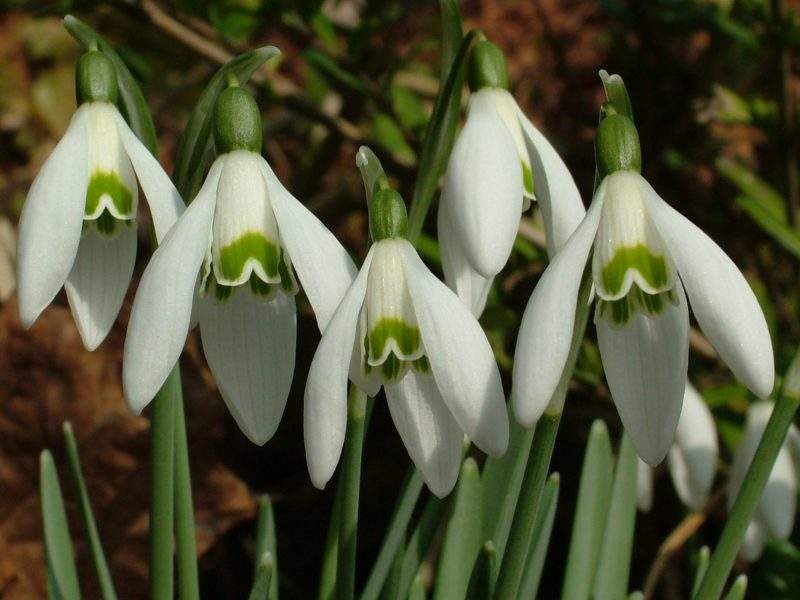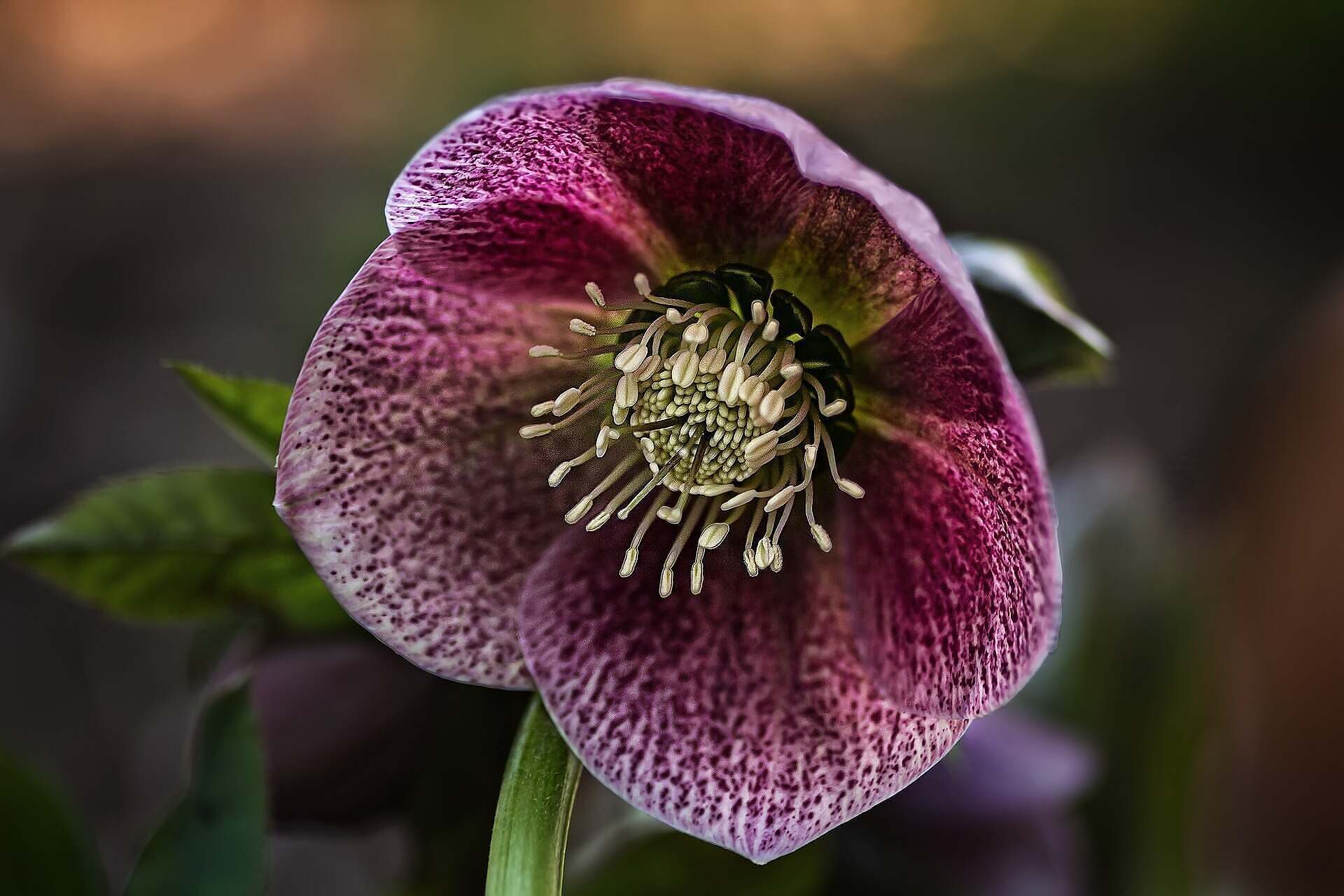Guide to February in the garden
Guide to February in the garden – designing, maintaining and enjoying
Welcome to our guide to February in the garden. February is the month when I start to feel that Spring is on it’s way. Despite it being the month when we are most likely to get snow, the snowdrops flowering and most plants starting to show new green shoots, together with the longer days, herald the start of a new garden season.
Designing a garden
As a garden designer, my ideal timetable for creating a garden would probably be to be completing the build of the garden in February. This leaves you ready to plant any root balled trees (which need to be in before the end of March) and perennial plants – just as the soil is starting to warm up in March / April. This gives time for the plants to establish without too much additional watering and allows its owners to enjoy their new garden design that summer. This often means that new gardens will have started to be planned the previous summer!
Enjoying the garden
At this time of year I love seeing the emerging new growth of herbaceous perennials – promising the dawn of a new cycle of life. I love to appreciate the miracle of life showing itself in the emerging shoots of most plants and the early flowers of Hellebores, Aconites, Primroses, Heathers and winter Jasmine. Take time to really admire the intelligence of these plants they go through their annual cycles of emergence, growth, blossoming, decline, decay and rebirth. Enjoy the anticipation of the coming spring and feel the optimism of your own dreams taking new form.
Maintaining the garden
Planting and Sowing
- Some annuals can be sown under glass. Nicotiana is a favourite annual of mine and the varieties N. Sylvestris and N. Langsdorffii can be sown under glass from Mid February. You can also sow Papaver somniferum ‘Lauren’s Grape’ in a protected environment.
- A plant often appearing in show gardens, Lysimachia atropurpurea ‘Beaujolais’, can be sown under glass now. Although a perennial, I find that it tends to flower profusely and then die off, so is best treated as an annual.
- Sweet Peas can be sown under glass now, if you didn’t sow any in the autumn. I like to plant in root trainers.
Pruning
- Late winter is the time to prune roses, just as new buds are forming. In the South they can be pruned from Mid February.
- Vigorous climbers such as Honeysuckle can be pruned back
- Buddleai can be cut right back to ensure this years flowers can be appreciated closer to eye level and rather than too high on branches that have been left from previous years.
- This month I start to have a tidy up – to make way for this years growth. Cut back last years dead stems and add a mulch of well rotted compost to inhibit weeds and improve the soil.
- Prune Group 3 (late flowering) clematis. These cultivars flower in late summer on the current season’s growth. Cut back all growth to a pair of strong buds approx. 6 inches above soil level, before growth begins in early spring.
Propagation, mulching and fertilising
- Once your snowdrops have finished flowering, the best way to propagate them and increase your stock is to divide them when ‘in the green’. Whilst you can still see clearly where the plants are, simply dig up some of the bigger clumps, divide them and replant into fresh ground.

Fruit and veg
- Parsley and Coriander can be sown at intervals throughout the year for a succession of fresh herbs
- Some onions can be sown direct outside if the soil is sufficiently dry and workable. I like red onions and F1 Kamal can be sown in February/March

0 Comments